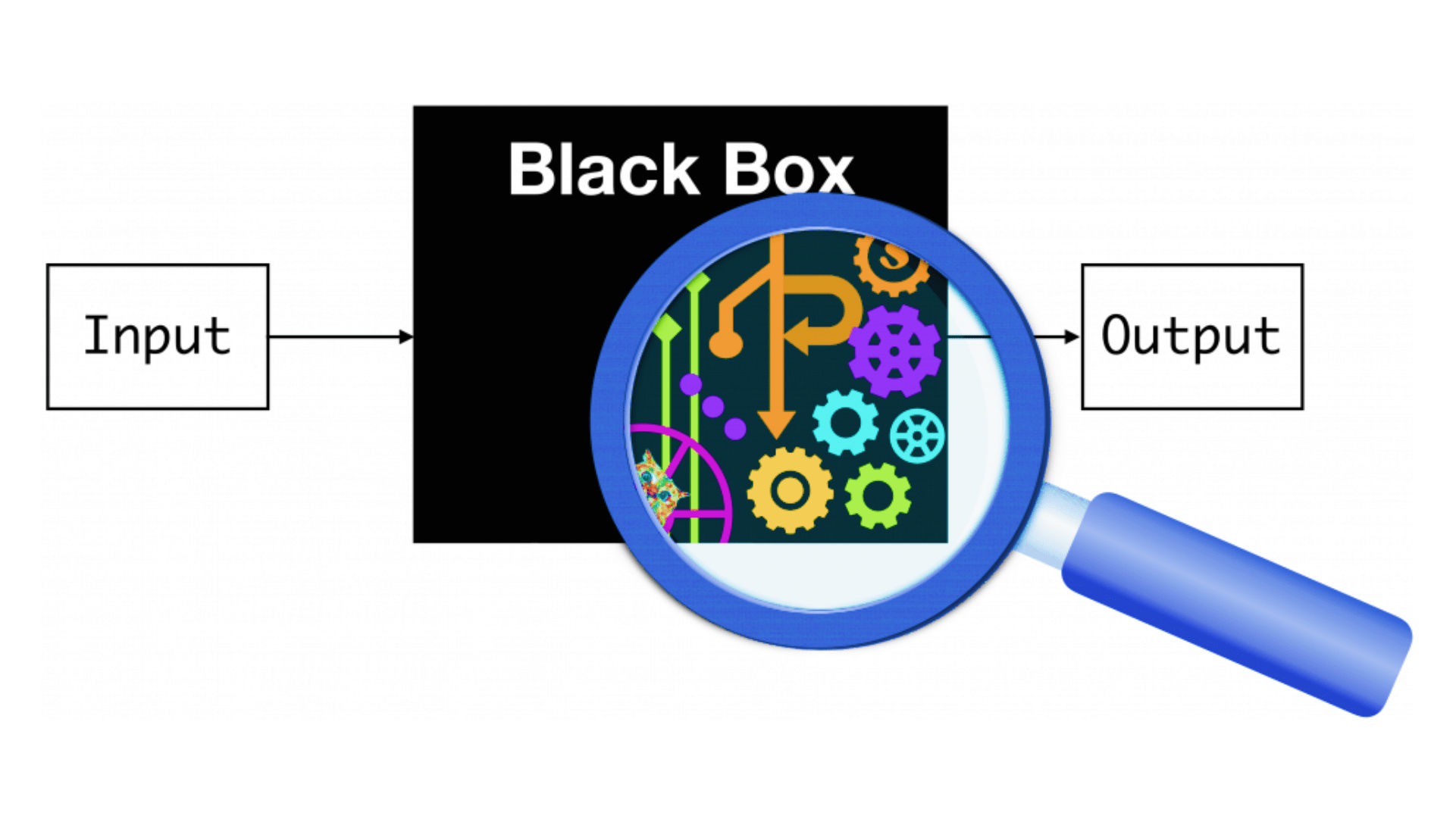
Deep learning is a remarkable technology that has revolutionized data science and how it is able to perform image recognition, natural language processing, and several other applications with utmost accuracy.
However, there is the biggest challenge that comes along its way for its widespread use, and it is its opacity. Deep learning neural networks have complex architectures and non-linear transformations which are often referred to as the black boxes because of their lack of explainability and thus leaves it in the dark about how they arrived at a particular decision.
This lack of explainability affects trust and raises ethical concerns limiting its applications in high-stake industries like healthcare and finance.
But here’s the good news. The field of explainable AI or XAI is evolving rapidly to address various challenges pertaining to black box or lack of explainability. Researchers and data scientists are involved deeply in developing techniques where they can highlight the inner workings of deep learning models. If you are looking to get into a data science career, it is very important to understand the right approaches for deploying and interacting with deep learning systems.
Why does explainability matter?
Explainability is highly important when it comes to using ethically AI and deep learning ethically. Let us highlight some top reasons why organizations cannot ignore explainability. First, it is trust and transparency. A huge chunk of professionals in this field believe explainability is very essential for trusting AI, especially in the fields like finance and medicine where its decisions can have high impact. And therefore, users should be clear about their decision-making logic.
Another thing is without explainability it becomes difficult for the professionals to find out the root cause of errors and biases in the deep learning model. So, with proper explainability techniques, professionals can identify features which are the reason behind incorrect predictions and improve them on time.
Also, there are several regulations in place such as European Union’s General Data Protection Regulation (GDPR) and other emerging regulations that are emphasizing “the right to explanation” for AI decisions that can impact individuals.
Approaches to Explainability
We understood how important explainability is for various reasons in the data science industry and there are various techniques that offer varied levels of interpretability and insights.
Let us check out some key approaches to explainability in deep learning.
This method is used to identify the features in the input data that have the most significant impact in the deep learning model’s output/predictions. Permutation importance and SHAP (Shapley Addictive exPlanations) are some techniques that further enhance their influence. This helps the users to understand which features are driving model’s decisions.
PDPs are helpful in visualizing even the marginal effect of a single feature on the model’s output. So, by plotting the average prediction for different values of a feature, users can learn how a model’s behavior is changed when they change a specific feature.
It’s working is simple as it approximates complex model with a simpler and more interpretable deep learning model for a specific prediction. Thus, users can understand the logic behind that particular prediction even if the whole model remains opaque.
In this technique, users try to visualize what a specific neuron in the model is looking for. This is done by identifying the input that maximizes its activation. So, by analyzing these input patterns, users can find insights about what the model has learned to represent in its hidden layers.
Attention mechanism is a popular technique in deep learning architecture like transformers for natural language processing. They provide a certain degree of explainability. They focus on specific parts of the input sequence and highlight which elements are contributing the most to the model’s output.
Latest Advancements in Explainability
The field of explainable AI (XAI) is evolving constantly and here are some of the most recent advancements that are worth noting:
Conclusion
Deep Learning offers immense possibilities in the field of data science and artificial intelligence and across all industries. However, its opaque nature can along its way for widespread adoption. Therefore, by adopting the right explainability approaches, we can build trust in these powerful technologies. It will help the world achieve new heights provided they ensure there is responsible development and deployment of AI across various domains.
As research in the XAI domain continues to grow, we can see a future where deep learning no longer works on a black box model but as a collaborative partner where it is clear how it is making decisions and impacting output.
This website uses cookies to enhance website functionalities and improve your online experience. By clicking Accept or continue browsing this website, you agree to our use of cookies as outlined in our privacy policy.